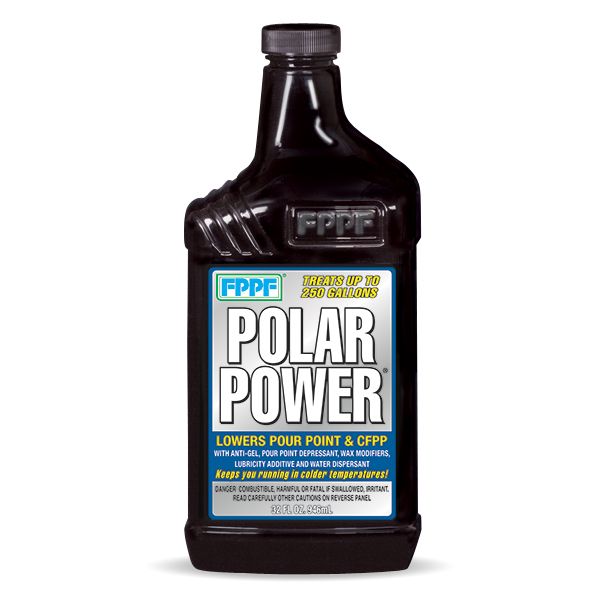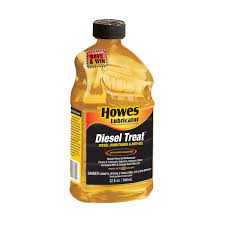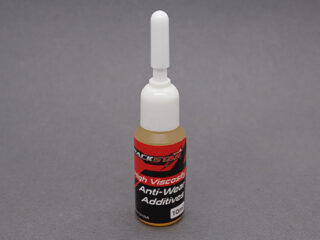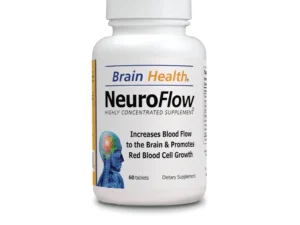Description
Battling the Freeze: Understanding and Utilizing Pour Point Modifiers
In the world of lubricants, from engine oils to hydraulic fluids, maintaining fluidity at low temperatures is paramount. A lubricant that thickens and resists flow in cold conditions can cause serious problems, leading to increased wear and tear, reduced efficiency, and even complete system failure. This is where pour point modifiers, also known as pour point depressants (PPDs), come into play, offering a crucial solution for enhancing lubricant performance in frigid environments.
What is Pour Point and Why Does it Matter?
The pour point is the lowest temperature at which a liquid will still flow under specified conditions. For lubricants, a low pour point indicates the ability to remain fluid at cold temperatures. Without an adequately low pour point, lubricants can become thick and waxy, hindering their ability to lubricate effectively. This can manifest in various issues:
- Difficult Cold Starts: In vehicles, thickened oil makes cranking the engine harder, leading to increased battery drain and potential starting failure.
- Reduced Pumpability: Hydraulic systems rely on consistent fluid flow. Highly viscous oil can clog lines and reduce system efficiency.
- Increased Wear and Tear: When lubrication is compromised due to low temperatures, metal-on-metal contact increases, accelerating wear and tear on valuable equipment.
Enter Pour Point Modifiers: The Freeze Fighters
Pour point modifiers are additives specifically designed to lower the pour point of lubricants. They work by disrupting the formation of wax crystals, which are responsible for the thickening and gelling behavior of lubricating oils at low temperatures.
Here’s a basic overview of how they function:
- Wax Crystal Modification: Crude oil contains paraffin wax, which precipitates out as crystals at low temperatures. These crystals interlock, forming a network that traps the oil and increases its viscosity.
- Disruption and Dispersion: Pour point modifiers work by adsorbing onto the surface of these wax crystals. This adsorption prevents the crystals from growing large and interlocking, keeping them smaller and dispersed throughout the oil.
- Improved Flow: By disrupting the wax crystal network, pour point modifiers allow the oil to retain its fluidity at lower temperatures, improving its flow characteristics and maintaining its lubricating properties.
Types of Pour Point Modifiers:
Several classes of polymers are used as pour point modifiers, each with its strengths and weaknesses depending on the base oil and application. Common types include:
- Polyacrylates: Effective for various applications and base oils. They are known for their good cold flow properties and stability.
- Polyalkylmethacrylates (PAMA): Widely used due to their versatility and effectiveness in lowering pour points.
- Ethylene-vinyl acetate (EVA) copolymers: Known for their cost-effectiveness and compatibility with a range of base oils.
- Alkylated Naphthalene: Offer good solvency and are often used in combination with other PPDs.
Factors to Consider When Choosing a Pour Point Modifier:
Selecting the right pour point modifier is crucial for achieving optimal performance. Several factors should be considered:
- Base Oil Compatibility: Different base oils require different types of pour point modifiers for optimal performance.
- Temperature Range: The expected operating temperature range dictates the required pour point reduction.
- Shear Stability: The additive should be resistant to breaking down or losing its effectiveness under high shear conditions.
- Cost-Effectiveness: Balancing performance with cost is essential for commercial viability.
- Interaction with Other Additives: The impact of the PPD on the performance of other additives in the formulation needs to be evaluated.
Applications of Pour Point Modifiers:
Pour point modifiers are used in a wide range of applications, including:
- Engine Oils: Ensuring reliable startup and lubrication in cold climates.
- Hydraulic Fluids: Maintaining consistent performance in industrial and mobile equipment operating in low temperatures.
- Gear Oils: Preventing thickening and ensuring proper lubrication of gears in cold environments.
- Automatic Transmission Fluids (ATF): Ensuring smooth shifting and operation in cold conditions.
- Fuel Oils: Preventing gelling and ensuring proper fuel delivery in cold weather.
The Future of Pour Point Modifiers:
Research and development in pour point modifier technology are ongoing, with a focus on developing more effective, shear-stable, and cost-efficient solutions. Future trends include:
- Biodegradable PPDs: Focusing on environmentally friendly alternatives.
- Nanotechnology: Utilizing nanoparticles to enhance the performance of PPDs.
- Tailored Polymers: Developing polymers specifically designed for particular base oils and applications.
Conclusion:
Pour point modifiers are essential additives for lubricants operating in cold environments. They play a crucial role in maintaining fluidity, ensuring proper lubrication, and preventing equipment failure. By understanding the principles behind their function and carefully selecting the right type for the application, users can optimize lubricant performance and protect valuable assets from the damaging effects of cold temperatures. As technology advances, we can expect even more innovative pour point modifiers that offer improved performance and sustainability.











Reviews
There are no reviews yet.